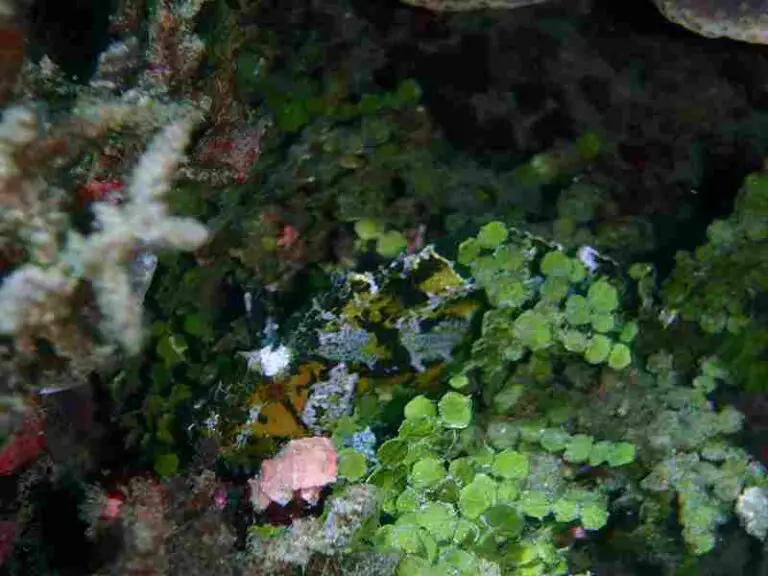Gasification Plant Definition and Parts Explained
A gasification plant is an energy recovery facility, which is equipped to recover energy in the form of biofuel from organic matter through a thermo-chemical process.
This article discusses gasification plant definition and parts, as outlined below;
-Gasification Plant Definition: 5 Ways to Define Gasification Plants
-Parts of a Gasification Plant
Gasification Plant Definition: 5 Ways to Define Gasification Plants
A gasification plant is a waste-to-energy facility that uses the gasification process to produce useful bioenergy and other industrial products from biomass [2].
As stated above, gasification plants (or ‘gasifier plants’) are useful for waste management, and meet several criteria for sustainability and circular economy, by providing a viable means for recycling organic waste and mitigating plastic pollution, among other forms of environmental degradation [3].
An alternative gasification plant definition is given below, based on the types of feedstock that can be treated using such facilities;
A gasification plant is a type of power plant or biorefinery where energy is produced in the form of fuel, from bio-based materials like wood, slurry, food waste, and plastic [1].
The types of plastics that can be converted in a gasification plant include synthetic and biodegradable plastics, since both types are made from organic compounds.
However, the conversion of synthetic plastics must be done with precautionary measures in place to mitigate the health effects of plastic pollution and conversion, such as respiratory ailments caused by the release of toxins into the atmosphere [4].
Below is another gasification plant definition, which is based on the mechanism involved in the gasification process;
A gasification plant is any technological system that is equipped to pretreat, pyrolyze, and gasify biomass in order to yield a series of useful products.
The types of gasifiers are mentioned in the following gasification plant definition;
A gasification plant is a facility which uses moving-bed, fluidized bed, or entrained-flow gasifiers to treat biomass by thermal conversion, thereby producing syngas among other products.
The yield rate and quality of gasification products depend on the efficiency of the gasification plant, which is a function of types and configuration of components. In the gasification plant definition below, some components of the plant are mentioned;
A gasification plant is an energy recovery system that comprises of heat source, gasifier, oxidizer, boiler, cooler, precipitator, and exhaust; all of which work together to convert biomass feedstock to mostly-gaseous products.
Parts of a Gasification Plant
The main parts of components of a gasification plant include heat source, gasifier, oxidizer, boiler, scrubber, precipitator, exhaust and storage tank.
1). Heat Source (as one of the Parts of a Gasification Plant)
The external heat source in a gasification plant could be fossil fuel, nuclear fuel, biofuel or any other energy source that can supply the required heat for effective thermal conversion of biomass.
Generally, the most suitable fuel source in any gasification scenario depends on the amount of heat required, which in turn depends on the type of feedstock and the desired gasification products.
In most cases, at least 800°C is required to yield the desired end-products.
After the external heat source has supplied the energy needed to start the process, endothermic reactions and internal heat circulation can supply much of the energy that is subsequently needed.
This arrangement leads to recycling of energy, and helps to achieve sustainability by mitigating energy waste and its associated environmental impacts.
2). Gasifier
The gasifier is arguably the most important component of a gasification plant.
It generally occurs as a vessel in which gasification reactions occur, and is designed to withstand and retain large amounts of internal heat.
Gasifiers have inlets and outlets to allow for the inflow and outflow of feedstock and products respectively.
3). Oxidizer (as one of the Parts of a Gasification Plant)
In a gasification plant, the oxidizer is any component in, or through, which oxidation takes place.
It may occur in form of a vent for air inflow, or a vessel in which oxidizing agents react with a substrate in the course of gasification.
4). Boiler
The boiler is a component which is designed for combustion purposes.
It usually occurs as a vessel to which external heat is supplied from a fuel such as coal or gasoline.
The boiler is often used as a supportive unit to the gasifier, and can be utilized for post-treatment purposes.
5). Scrubber (as one of the Parts of a Gasification Plant)
The scrubber is a component that is equipped with reagents that strip producer gas of its toxic or unwanted components.
Its main function is post-treatment, and it is commonly used to remove particulates and tar from gasification products.
6). Cooler
The cooler in a gasification plant is essentially a heat exchanger unit that is used to cool the syngas produced during the gasification process.
It may be any of two main types; convective or radiant, depending on the conditions and desired outcomes of the process.
7). Precipitator (as one of the Parts of a Gasification Plant)
The precipitator in a gasification plant, usually works alongside the cooler to post-treat syngas through particulate matter removal.
It commonly operates based on electrostatic dust removal; by which small particles in syngas are isolated using the force of attraction in a charged field.
8). Exhaust
Exhaust is basically the outlet for gaseous waste from a gasification plant.
In some cases, the ‘exhaust’ refers to the outlet for useful gaseous products of gasification.
It can be equipped with carbon capture apparatus and other equipment for removing toxins in order to mitigate environmental degradation.
9). Storage Tank (as one of the Parts of a Gasification Plant)
The storage tank is used to collect useful gasification products, usually after they have undergone all required forms of treatment.

Conclusion
A gasification plant is a waste-to-energy facility that is used for thermal conversion of organic materials and production of syngas.
Parts of a gasification plant are;
1. Heat Source
2. Gasifier
3. Oxidizer
4. Boiler
5. Scrubber
6. Cooler
7. Precipitator
8. Exhaust
9. Storage Tank
References
1). Brems, A.; Dewil, R.; Leuven, K. U.; Baeyens, J.; Zhang, R. (2013). “Gasification Of Plastic Waste As Waste- To- Energy Or Waste- To- Syngas Recovery Route.” Natural Science 05(06):695-704. Available at: https://doi.org/10.4236/ns.2013.56086. (Accessed 10 October 2022).
2). Saghir, M.; Rehan, M.; Nizami, A. (2018). “Recent Trends in Gasification Based Waste-to-Energy.” Gasification for Low-grade Feedstock. Available at: https://doi.org/10.5772/intechopen.74487. (Accessed 10 October 2022).
3). Sobolewski, A.; Bigda, J.; Billig, T.; Fryza, R.; Popowicz, J. (2022). “Closing of Carbon Cycle by Waste Gasification for Circular Economy Implementation in Poland.” Energies 2022, 15(14), 4983. Available at: https://doi.org/10.3390/en15144983. (Accessed 10 October 2022).
4). Verma, R.; Shankarappa, V.; Papireddy, M.; Gowda, A. N. (2016). “Toxic Pollutants from Plastic Waste- A Review.” Procedia Environmental Sciences 35:701-708. Available at: https://doi.org/10.1016/j.proenv.2016.07.069. (Accessed 10 October 2022).


